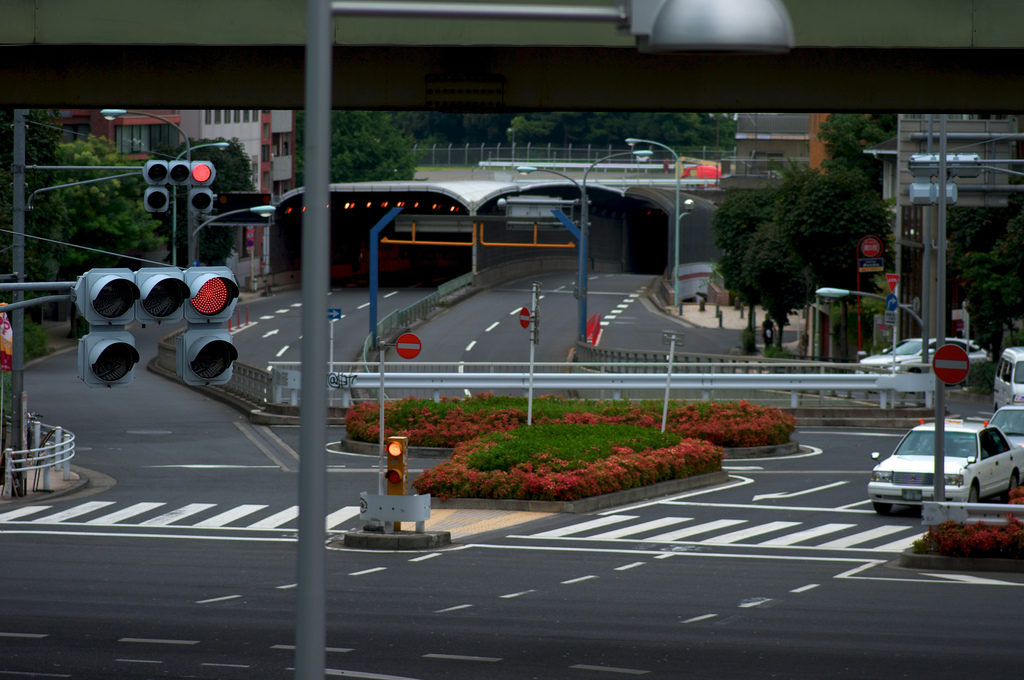Intelligent Transport Systems (ITS) refers to a wide range of services that use information and communications technology that can improve transportation and mobility.
By Richard Harris, solution director of International Transportation and Government for Xerox

What do you get when you harness the combined power of computer processing, data management and modern communications to provide new and improved transportation services? Ideally, a better quality of life in America’s cities.
Intelligent Transport Systems refers to a wide range of services using information and communications technology that already impact our daily lives. Think road tolling services such as E-ZPass, city-wide traffic signal synchronization, safety cameras, satellite navigation systems, and smart ticketing systems for public transit.
These tools have done a great deal to improve transportation and mobility. However, to respond to the safety, environmental and economic challenges that we face, we need to do much more than has been achieved so far.
We need smarter transportation in order to improve accessibility, efficiency and economic performance; reduce accidents, waste and environmental damage. Smarter transportation means using available tools to provide the essential information and communications that balance the supply and demand of our networks better.
Key to this step change in transportation will be transaction systems (integrated ticketing, road user fees, parking lot payments, electronic fee collection), and improved traffic management and information systems that are based on more and better quality data. Key enablers for accelerating deployment and securing the benefits promised by intelligent transport systems include:
- Unlocking information using big data, data analytics and data visualization, and use the resources that we have already collected more effectively.
- The game changing potential of connected vehicle technologies that will both improve safety, and the quality and availability of data.
- Robust business cases that identify clear returns in terms of achieving objectives and investments needed for a breakthrough in deployment.
- Evidence based implementation, stable standards, political stability, and commitment to system and service maintenance.
Deployment of these technologies nearly always leads to new organizational and administrative responsibilities and operations. Clearly new communications and information technology provides the opportunity for wider coverage (or shared services) than the traditional adherence to administrative boundaries, and this means even more political leadership will be needed.
Success will be measured in terms of mobility rather than traditional transportation statistics.
We live in a competitive world, but with transportation we all face similar problems.
Global cooperation is an important part of intelligent transport systems, and by working together — for instance on connected vehicles, where the U.S., European Union and Japan collaborate — we are already helping to set the foundation for future services around the world.
When industry, academia, politicians, the authorities and administrations work together, we can realize the true potential of ITS and create a better future.
(This was first published on Real Business, a website from Xerox that provides ideas and information for decision makers in business and government.)
Link to More Information
White paper: Transportation Analytics
Infographic: Innovation in Transportation
Transportation Newsletter: Subscribe here



